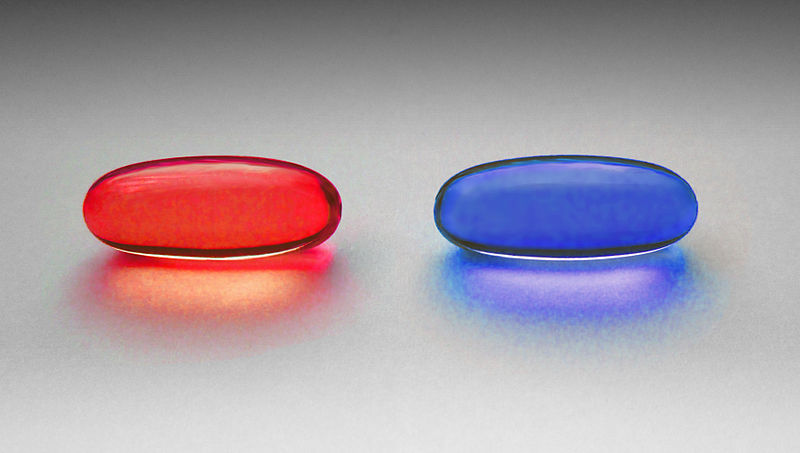What is a Randomized Experiment?

Randomized experiments are used extensively in a wide variety of agricultural and biological experiments, including human clinical trials. They are also, less commonly, seen in other fields such as economics.
Randomized Experiment Stages
The experiments are usually conducted in two stages [2]:
- Selection of a small sample of participants from a larger population, using a random sampling technique. This step ensures that the results will have external validity.
- Random assignment to treatment and control groups. This step ensures that the observed effects have internal validity.
Benefits of Randomized Experiments
Using randomization has several benefits [3]:
- It prevents selection bias and accidental bias, as well as bias in treatment assignments.
- Homogeneous, comparable groups are created.
- Probability methods, including hypothesis tests, can be used to ensure the results didn’t happen by chance.
References
[1] World Bank. Randomized Experiments. Retrieved December 29, 2021 from: http://web.worldbank.org/archive/website01397/WEB/IMAGES/EXPERI-2.PDF
[2] Munck, G. & Verkuilen, J. (2005). Research Designs. In Encyclopedia of Social Measurement, Pages 385-395.
[2] Suresh, K. An overview of randomization techniques: An unbiased assessment of outcome in clinical research. J Hum Reprod Sci. 2011 Jan-Apr; 4(1): 8–11.